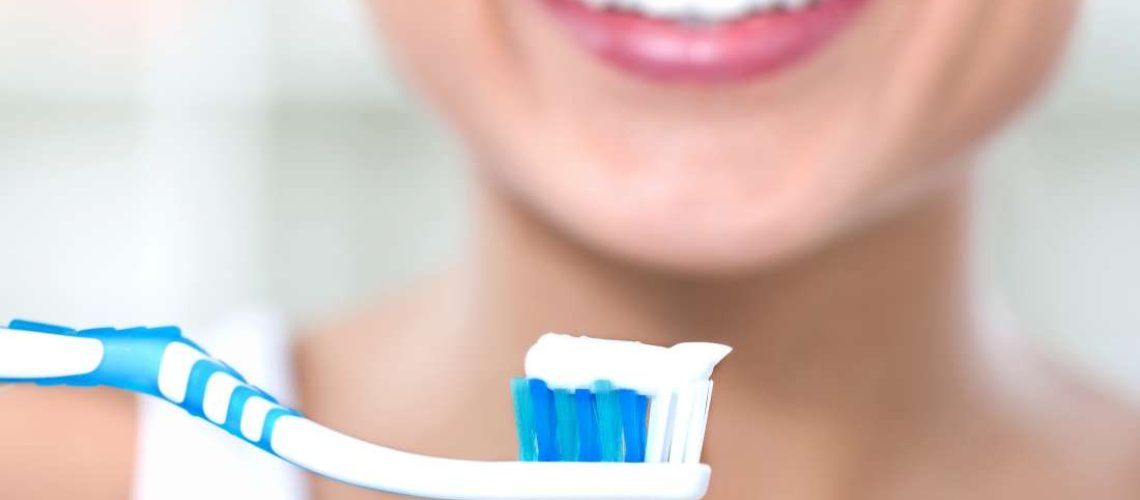
Prevent Gum Disease
To prevent the occurrence of gingivitis, good oral hygiene is essential because it limits the development of dental plaque and the appearance of tartar: frequent and careful brushing of teeth, use of dental floss, interdental brushes, etc.
HAVE GOOD ORAL HYGIENE TO PREVENT GINGIVITIS
The accumulation of bacteria at the junction of teeth and gums is a major factor in the appearance and development of gingivitis. It is, therefore essential to adopt good oral hygiene to remove dental plaque.
Some tips for properly maintaining your teeth
Maintaining your teeth properly requires a few actions:
- brush your teeth twice a day, the second brushing taking place before bedtime;
- brush for two minutes, (test the duration using a stopwatch);
- run the teeth from red to white, that is to say from the gum to the tooth;
- brush all sides of the teeth on the cheek and tongue side;
- use a soft brush with a small head. It will allow you to go everywhere, and especially to the back teeth;
- clean the spaces between the teeth with dental floss. Sometimes, your dental surgeon will rather recommend inter-dental brushes of suitable sizes;
- use a revealing product: it will help you locate dental plaque;
- do not try to remove the tartar yourself: it resists brushing and flossing, and you could be injured. Only a dental surgeon can safely remove it;
- change your toothbrush every 3 months, or more frequently if the bristles are curved;
- ask your dentist for advice on the toothpaste to use;
- do not exchange your toothbrush with another person, as it carries microbes.
Dental floss or interdental brushes effective against dental plaque
After brushing the teeth, cleaning can be completed by passing dental floss to remove residual dental plaque in the interdental spaces. Floss should be handled with care so as not to damage the gums.
To properly use dental floss, here are some tips:
- take a sufficient length to be able to wrap the wire around the middle finger of each hand, leaving about 5 cm between the hands;
- slide the wire between the teeth and form a semicircle, like a “C”, at the base of the tooth;
- gently descend the wire on the edge of the gum taking care not to hurt it;
- clean the tooth from its base to the end 2 or 3 times;
- be sure to clean both sides of each tooth. Do not forget the back of the last molars. Slide the wire between your fingers when you have cleaned the 2 sides of the teeth;
- brush your teeth after flossing: it’s a more effective method of preventing cavitiesand gum disease;
- in case of bleeding, gently lower the wire between the teeth so as not to injure the gum. The bleeding usually stops after a few days. If it persists, consult your dentist;
- the wire may unravel. If so, try a different type. Ask your dentist for advice.
When the interdental spaces are large, in case of gum problems or during orthodontic treatment, the use of interdental brushes is recommended.